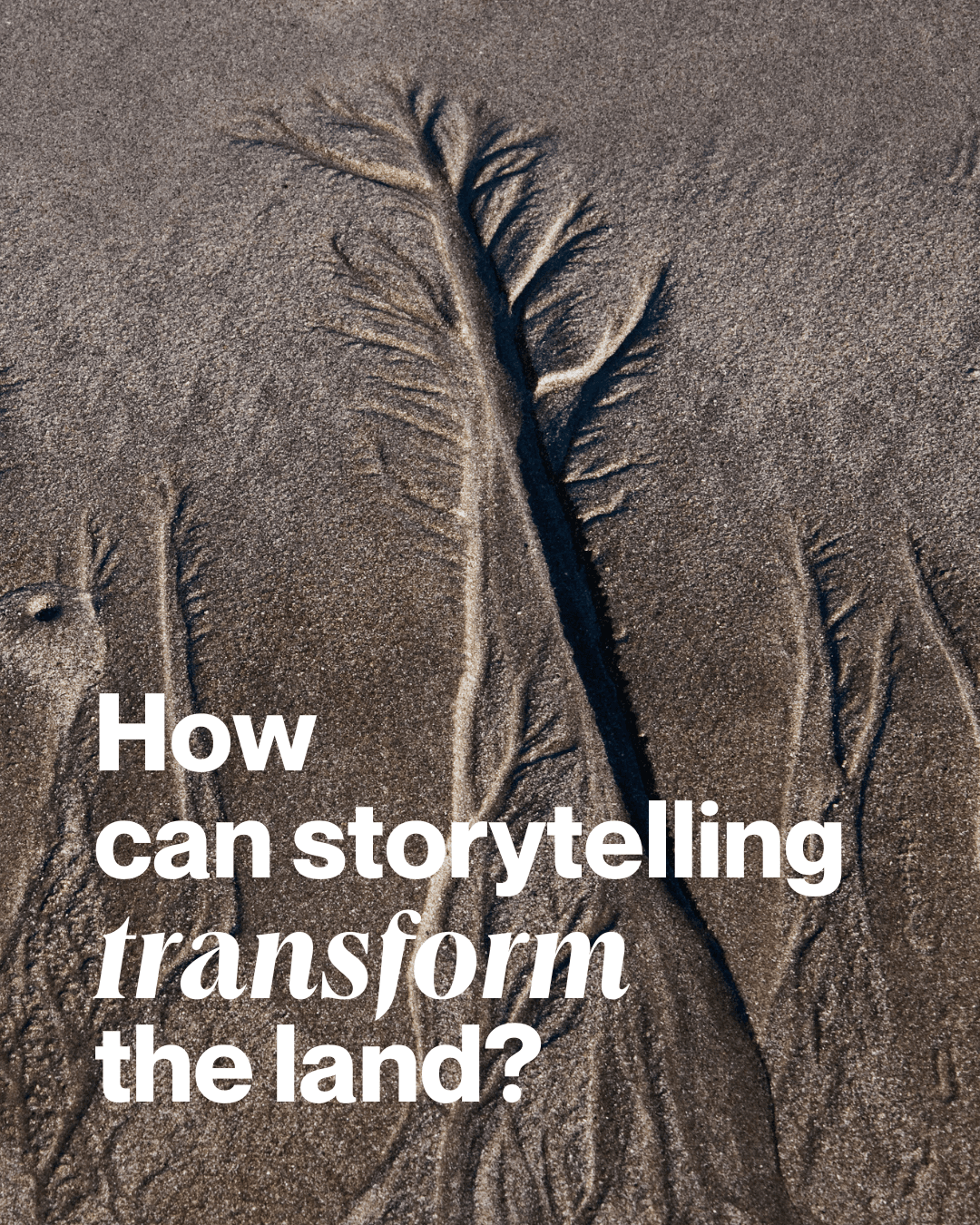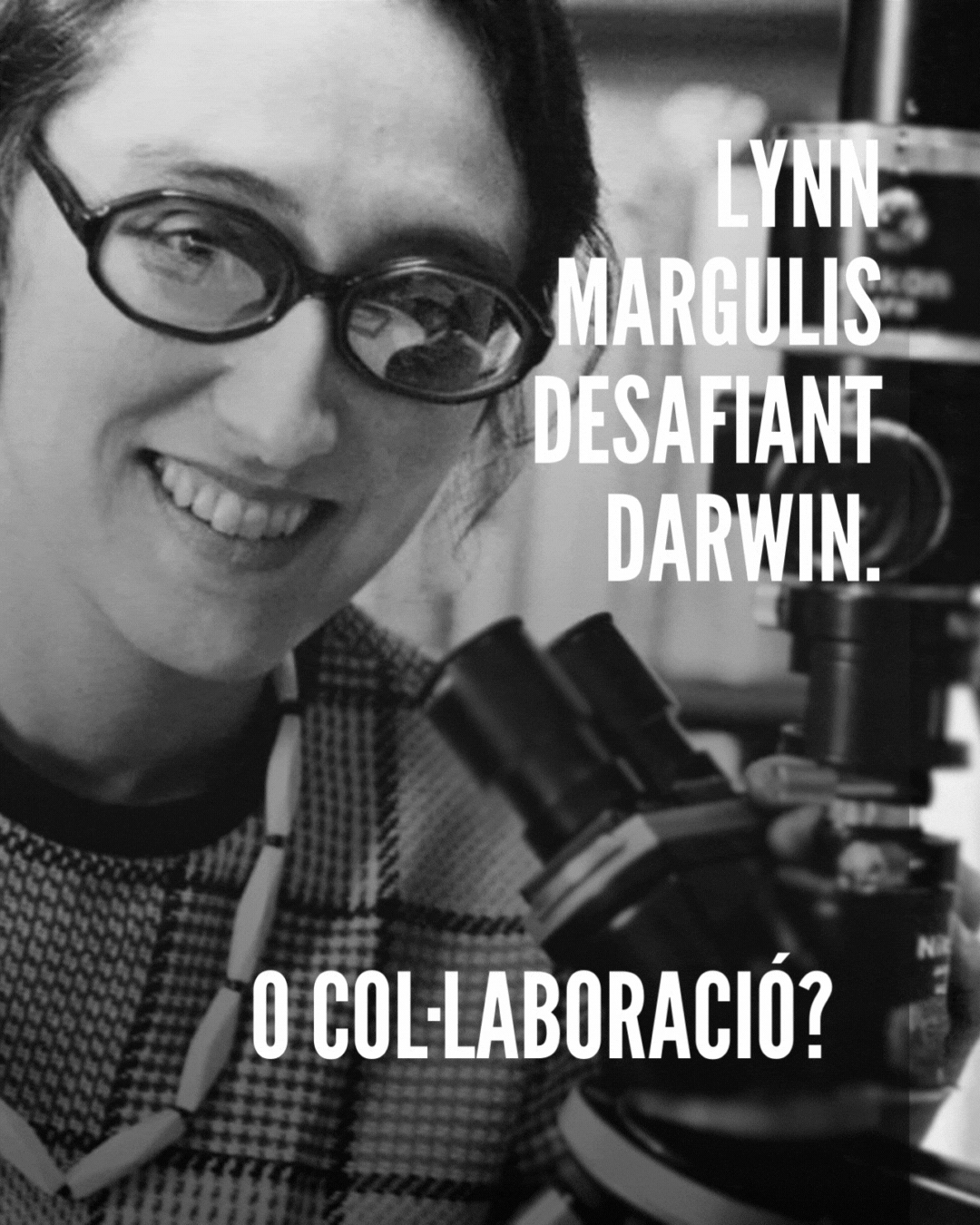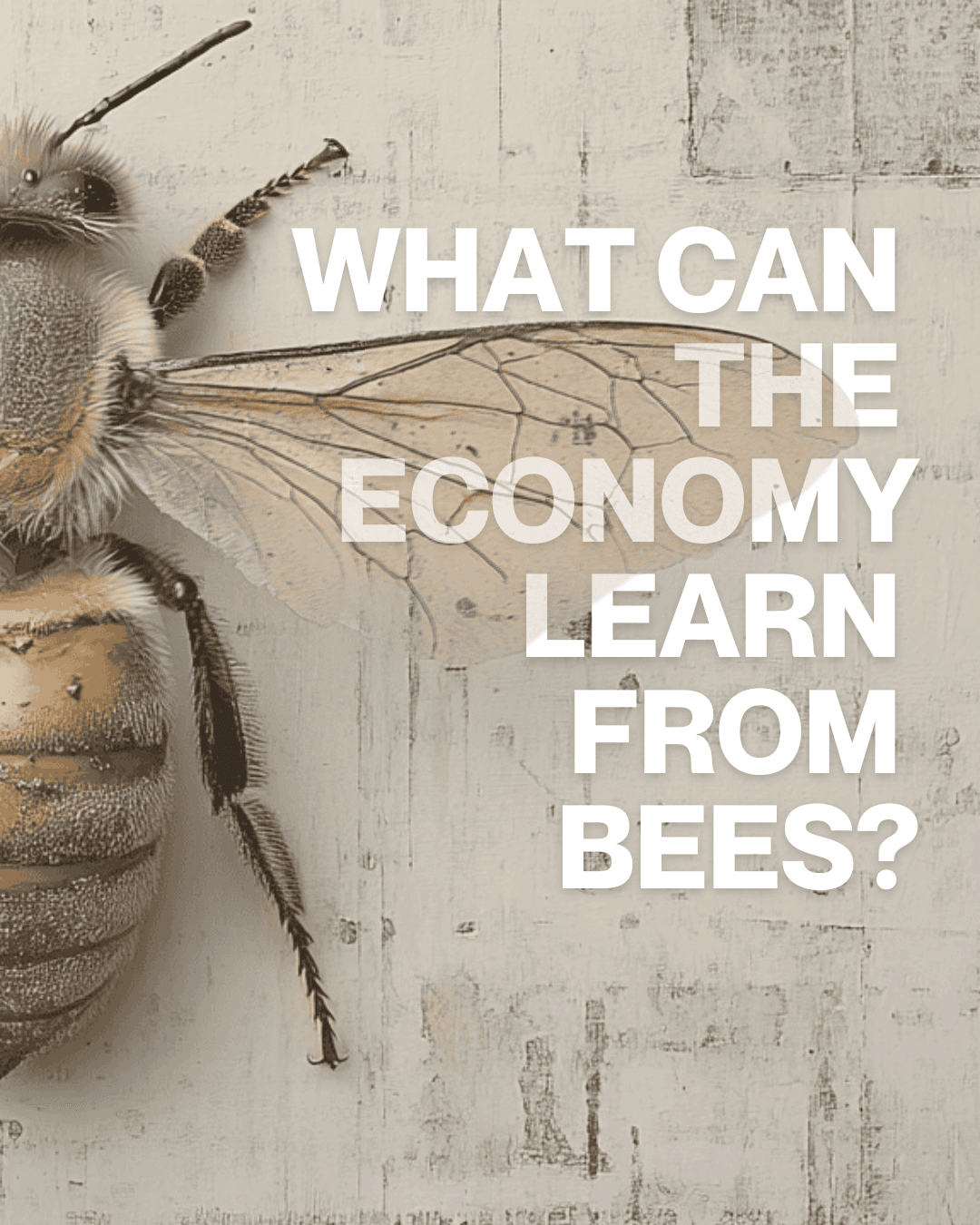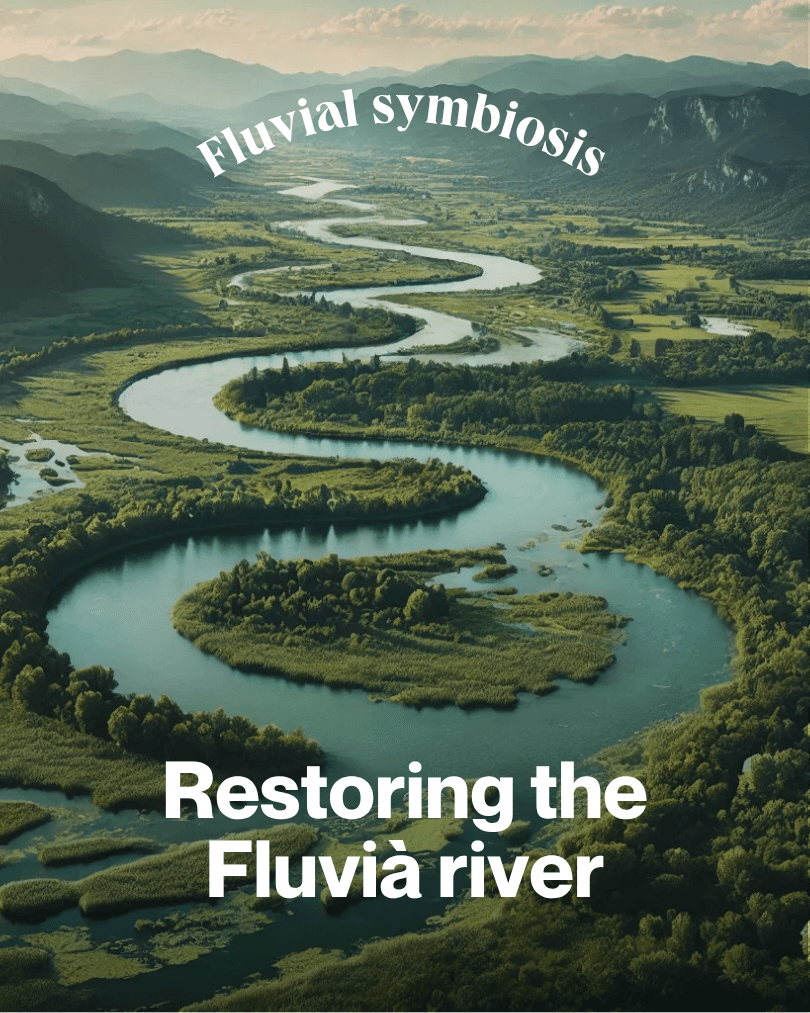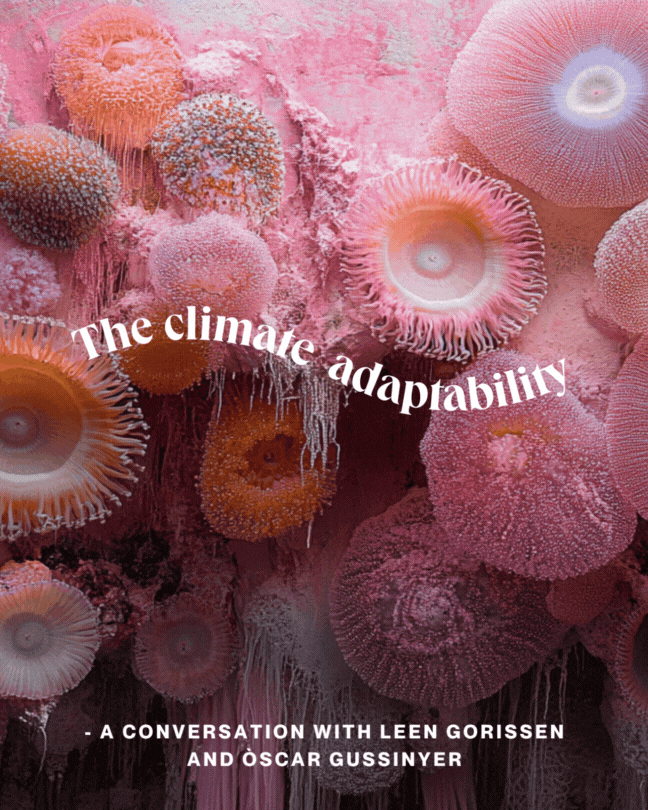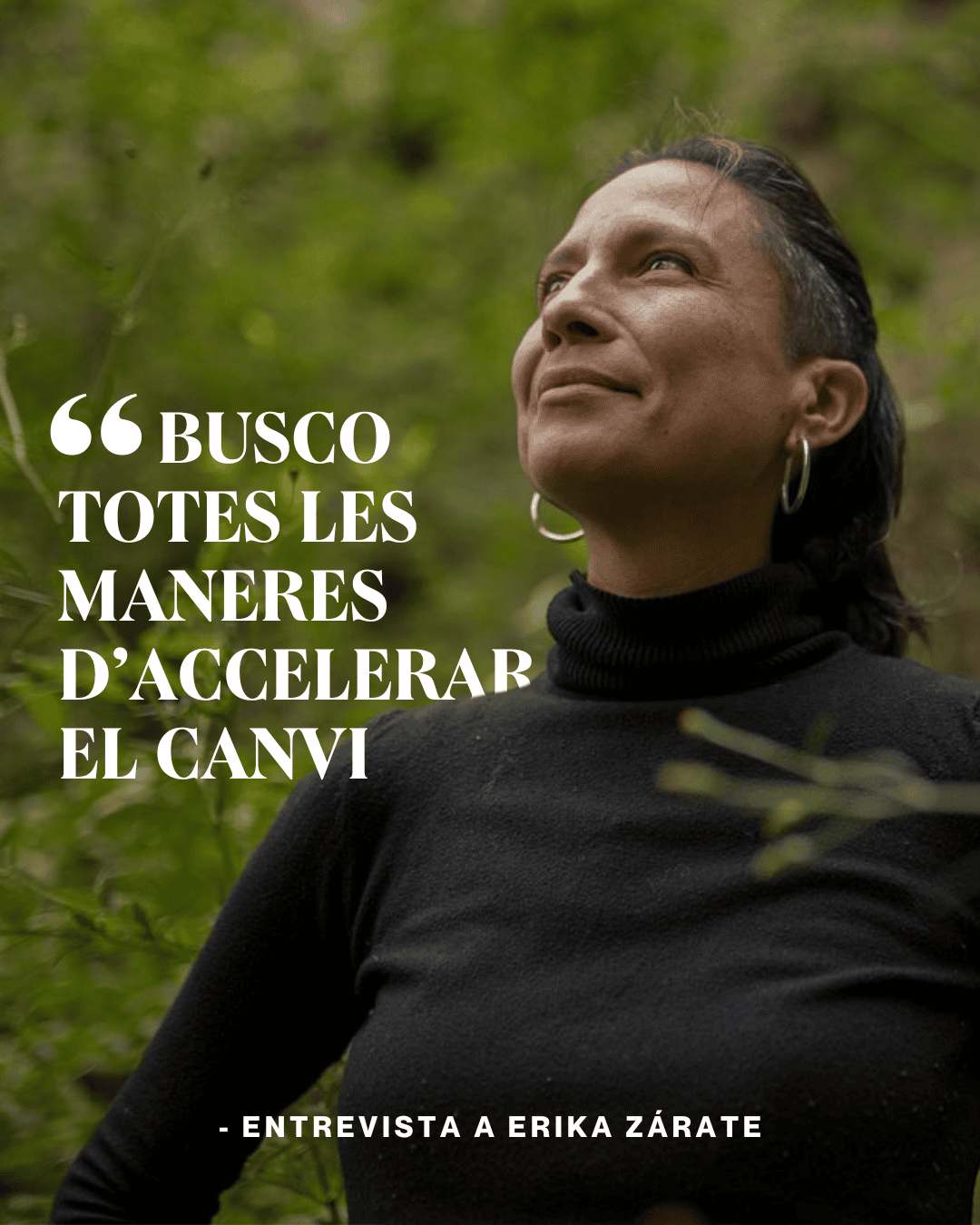Systemic facilitation
When an organization becomes a live system, how do we know if we are working to unlock their potential or just observing it wake?
Invisible Dynamics
Systemic facilitation is a powerful methodology that seeks to understand and transform the internal dynamics of social, organizational and community systems. Based on systemic theory, this approach recognizes that systems are not only the sum of their parts, but complex networks of interconnections where the relationships between elements define global behavior. Systemic facilitation focuses on observing these connections to identify underlying tensions, blockades and patterns, with the aim of activating sustainable and significant changes.
This approach differs from traditional methodologies, as it is not limited to addressing surface problems, but rather seeks to understand the deep causes that make it difficult to operate a system. Inspired by the work of figures such as Bert Hellinger and Bugui Garcia, the systemic facilitation school applies tools such as systemic constellations to reveal the invisible dynamics that influence the development of groups and organizations. These techniques help to understand how inherited patterns or dysfunctional relationships can affect the system's ability to evolve.
In addition, systemic facilitation recognizes the importance of collective memory within groups. As noted by Bugui Garcia, each organization or community carries with it a collective history that influences their decisions and behaviors. This bagage, if not recognized, can become an obstacle to change. Systemic facilitation offers a safe space to address these memories and promote transformative processes that respect history and at the same time encourage a regenerative future.
“The task of Resilience Earth is a clear example of how to bring systemic facilitation beyond people, teams and organizations towards the Bioregional dimension. His experience allows us to observe how to create a bridge between the regenerative theoretical frameworks and practices, accompanying people to embody and act from the voice of the territory, to the territory.”
- Santiago Scheele of the School of Systemic Facilitation.

Hidden patterns
Systemic facilitation has its roots in systemic theory and in the constellations developed by Bert Hellinger, which reveal hidden patterns in human and organizational relationships. This methodology is fundamental to address conflicts and tensions within social systems, as it allows understanding the dynamics of power, hidden hierarchies and interpersonal connections that often remain out of sight. Franz Ruppert expanded this work by applying constellations to the organizational field, exploring how cultural and historical patterns influence the health of collective systems.
Insa Sparrer, with his innovations in the application of constellations, has shown how this technique can make visible what is invisible within an organization. According to Sparrer, human systems are influenced by complex dynamics that often remain hidden, but can be unraveled by tools such as systemic constellations. This allows to unlock latent potentials and create a path towards genuine collaboration and internal harmony.
In academia, systemic facilitation is also based on the idea of systemic consciousness, a central concept to understand how systems can evolve in a healthy way. This awareness involves a holistic look that integrates personal relationships, cultural values and structural dynamics to generate sustainable solutions. Thus systemic facilitation has become a critical tool for organizational and community transformation in complex and changing contexts.

Shared Vision
In Resilience Earth, systemic facilitation is a key capability that allows us to understand the complex dynamics of groups and create transformative spaces to address them. In our role of facilitators, we do not provide predefined solutions, but we design safe and inclusive environments so that members of an organization or community can explore their own dynamics and unlock tensions that limit their potential. We work to highlight the invisible connections that define systems and make them accessible through visual tools, narratives and atmospheres that enrich collective processes.
Through methodologies such as systemic constellations, we help groups identify latent patterns, recognize internal tensions and explore new ways of collaborating. These techniques allow us to facilitate processes where individual voices connect with the collective purpose, promoting harmony within the system. Our goal is that organizations and communities develop a shared vision that not only confronts current challenges, but also generates solutions adapted and aligned with their values.
The practical application of systemic facilitation to Resilience Earth is based on creating spaces for dialogue and reflection, where each voice has a significant place. We focus on making accessible conceptual frameworks and innovative methodologies through visual narratives and stories that connect people with their unique context. This allows organizations and communities not only to understand their own dynamics, but also to co-create adaptive and regenerative responses that integrate their values, stories and needs in a shared future.
In Resilience Earth we nurture the intersectionality of our team, integrating dimensions such as cultural diversity, neurodivergencies and rurality, which gives us a unique plurality of inherent capabilities.
At the same time, we bet on continuous training in disruptive skills and pointers, which allow us to transform these individual dimensions into a wide range of integrated capability. We understand capability as a dynamic synthesis between the unique intrinsic potential of each system and the acquired practical skills, connecting the singular essence of a system with concrete actions to evolve, adapt and align with a living purpose.
In Resilience Earth, we not only acquire innovative skills, but transform them into capabilities adapted to the specific context, incorporating them into a framework that takes into account the capabilities of each consultant. This integration allows us to generate new perspectives, processes and frames with a high potential to accompany change in times of uncertainty. In doing so, we multiply the possibilities of creating significant transformations, aligning actions with shared purposes and contributing to a more resilient and regenerative future.


